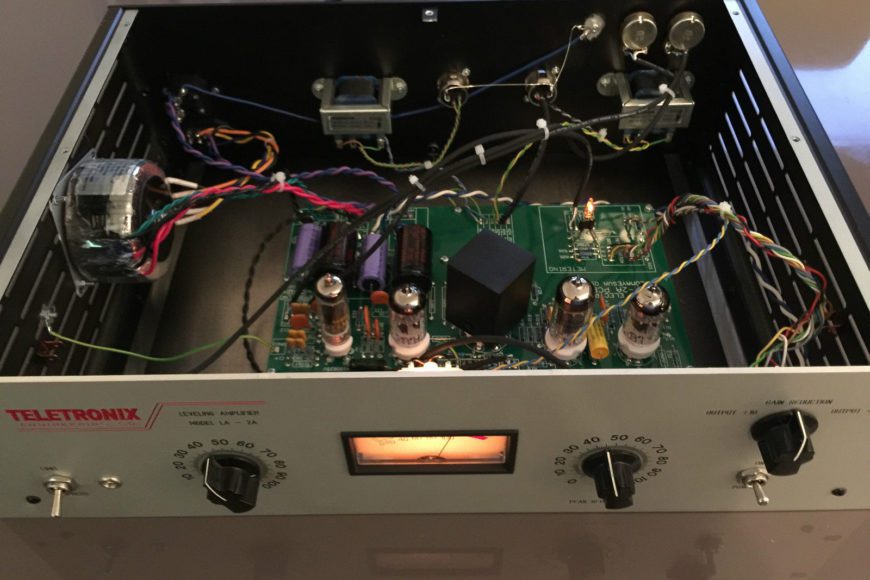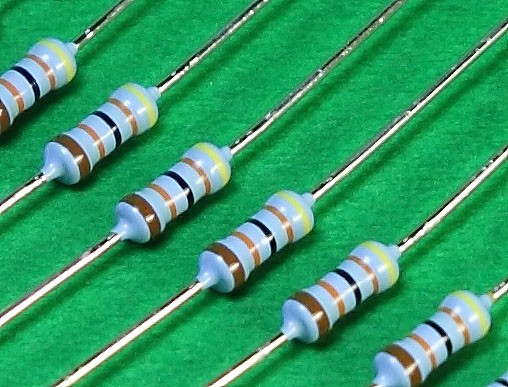Optocouplers make nice compressors

An optical coupler, also known as an optocoupler or opto-isolator, can indeed be an excellent component in an guitar/bass pedal compressor circuit, particularly in the gain reduction stage. The primary reason for its suitability lies in its ability to provide a smooth, non-linear response curve that closely mimics the natural compression characteristics desired in audio processing.
The optical coupler typically consists of an LED (Light Emitting Diode) and a photo-resistor, also called an LDR (Light Dependent Resistor), housed in a light-tight enclosure. As the input signal increases, it drives the LED to emit more light, which in turn causes the resistance of the photoresistor to decrease. This variable resistance can be used to attenuate the audio signal, effectively compressing its dynamic range.
One of the key advantages of using an optical coupler in a compressor circuit is its inherent “soft knee” behavior. The non-linear relationship between the LED’s light output and the photo-resistor’s resistance creates a gradual transition into compression, which is often perceived as more musical and less abrupt than “hard-knee” designs implemented with VCAs (Voltage Controlled Amplifiers) or other solid-state methods.
Furthermore, the relatively slow response time of the photoresistor contributes to a natural attack and release characteristic. This slight delay in response can help to preserve transients and maintain a more transparent compression effect, which is particularly desirable in many audio applications.
Moreover, when overdriven, optical couplers tend to produce even-order harmonics, which are generally considered more pleasing to the ear than odd-order harmonics.
The optical coupling also provides electrical isolation between the control circuitry and the audio path, potentially reducing noise and improving overall signal integrity. This galvanic isolation can be beneficial in more complex audio systems where ground loops or other interference issues might be a concern.
Many revered vintage compressors (like the famous tube-based Teletronix LA-2A) use optical elements, giving this type of compression a “classic” sound that many audio professionals seek.
It’s worth noting that while optical couplers offer these advantages, they also come with some limitations, such as potential inconsistencies between units and sensitivity to temperature variations. However, these factors can often be mitigated through careful design and component selection, and many audio engineers appreciate the unique character that optical compressors impart to the sound.


